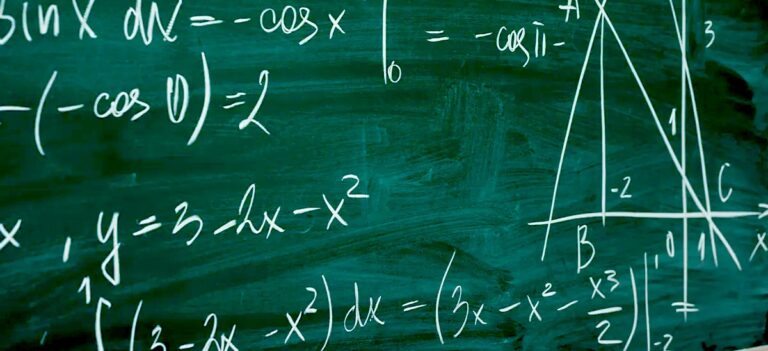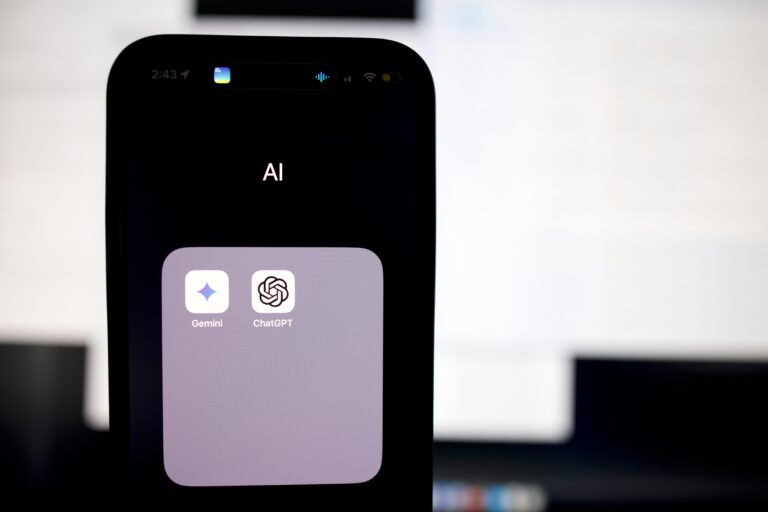For as long as I can remember, I’ve been the type of learner who needs to see information laid out visually to understand how it fits together. It’s how I best retain information. I guess I’m just one of those learners. Except, scientific research tells me that I’m not.
When it comes to learning, there is conventional wisdom that everyone excels in one style or another. There are visual learners (who favor slides, charts, etc.) or auditory ones (think podcasts or lectures). Or maybe you’re a tactile or kinesthetic learner who favors experiences, games, and hands-on activities to help information sink in.
For generations, teachers and schools have utilized these types of buckets to explain and maximize different teaching and learning techniques. But as a study in the journal Nature from earlier this year shows, placing students in these “learning style” buckets can actually be harmful as they bias parents’, teachers’, and students’ feelings about children’s learning aptitude and potential.
Belief in the notion of learning styles is popular, without question. In fact, the myth that people favor certain learning styles over others is so prevalent you can take online quizzes about it.
But here’s a problem with giving credence to the learning style concept: research shows there’s little evidence it actually exists.
Placing students in these “learning style” buckets can actually be harmful as they bias parents’, teachers’, and students' feelings about children’s learning aptitude and potential.
While the learning style concept encompasses a range of theories that try to explain the different ways individuals learn, science does not back up improved outcomes based on people’s personal preferences on how to receive information. I have raised this issue before. Few studies have found any validity at all in using learning styles in education. Just check out the growing body of research from the American Psychological Association.
The Consequences Of Learning Styles
What’s new is evidence that learning styles may actually be bad for students. They can have adverse effects on educational practice. The Nature study examines intelligence stereotypes and whether teachers, parents, and children think those described as having certain learning styles are smarter than others.
To test their idea, the authors conducted a series of experiments to assess whether and how learning style information influenced thinking about children’s academic potential. Here’s how the tests broke down.
First, participants were introduced to two young students who were described as visual learners. They were then asked to rate their intelligence and their athleticism. Then they were asked to rank which child was smarter in a forced-choice scenario. Finally, participants were asked to predict the report card grade of hands-on and visual learners across common elementary school subjects.
The results? The study’s authors noted, “parents, teachers, and children judged children described as visual learners as more intelligent than children described as hands-on learners.” And along with these judgments, teachers and parents also guessed that visual learners would earn higher grades in core subjects based on their visual learning style.
It’s interesting to note here that the Nature study is the first of its kind to test and include the perceptions of children ages 6-12 about their peers. And it should be of concern that the results show how children also can be susceptible to learning style neuromyths at such formative ages.
Managing Myths And Labels
Belief in learning styles is far from an isolated issue. Neuromyths – when scientific findings are conflated with misinformation – are more common than one might think and have long been accepted as fact.
Case in point, ever heard any of these myths before?
- We only use 10% of our brains. (This one has been around for more than a century and even inspired a Scarlett Johannson movie called Lucy; but the Association for Psychological Science notes that “even people with degenerative neural disorders such as Alzheimer’s and Parkinson’s disease still use more than 10% of their brain.”)
- A person is right-brained or left-brained and either more creatively-inclined or logically-inclined. It’s just not the case, according to the American Psychological Association and Harvard. Those unique differences do not favor one hemisphere or the other, researchers found.
- Classical music makes us smarter. (Not so; but it is beautiful.)
- Matching teaching styles to students’ learning styles can improve academic outcomes. (Ex. Visual teaching for visual learners. Spoiler alert: It doesn’t.)
Moving Forward
So how can teachers, students, and others protect themselves from seemingly harmless myths around learning styles and more?
An emerging “neuroeducation” or neuroscience education field is working to find solutions. The field “brings together researchers in neuroscience, educational psychology, and educational technology as well as practitioners such as educators to figure out the links between education and brain processes.”
The journal Neuron defines the neuroeducation field as a “nascent discipline that seeks to blend the collective fields of neuroscience, psychology, cognitive science, and education.” The goal is build a better understanding of how people learn and by doing so to establish more effective teaching methods, curricula, and educational policy. The initiative is already creating new dialogs between brain scientists, teachers, administrators, and parents.
Kurt Fischer’s department at the Harvard Graduate School of Education offers master’s and doctoral degrees in “brain, mind, and education.” Meanwhile, Mary Brabeck, Dean Emerita of New York University’s Steinhardt School of Culture, Education, and Human Development has noted the field’s potential to build a “parity relationship between educators and researchers” that can be integral to making gains in educational outcomes.
No matter what a teacher specializes in, a baseline scientific understanding of how the brain works and learns should be a part of teachers’ in-service training and continuing education.
Among the key takeaways from a National Institutes of Health study are that neuromyths are the consequence of a lack of scientific knowledge. No matter what a teacher specializes in, a baseline scientific understanding of how the brain works and learns should be a part of teachers’ in-service training and continuing education. This can help fight nonscientific trends that leave teachers promoting learning styles or left-brain/right-brain strategies in their classrooms.
There is also an ongoing communication gap between scientists and teachers that must change. After all, Google search results are not always an educator’s friend. Low-quality information sources in classrooms can reinforce misinformation, breathe life into neuromyths, and prevent more credible information from being part of education.
Long-held beliefs and biases around how students learn best can be hard to let go of. I may always view myself as a visual learner. But being open to the science-backed reality that I can learn effectively in different ways opens up a world of opportunity for receiving and retaining information. To me, that represents a richer and more fertile ground for learning, and a strong basis for truly research-based education.
This article first appeared on Forbes.com




